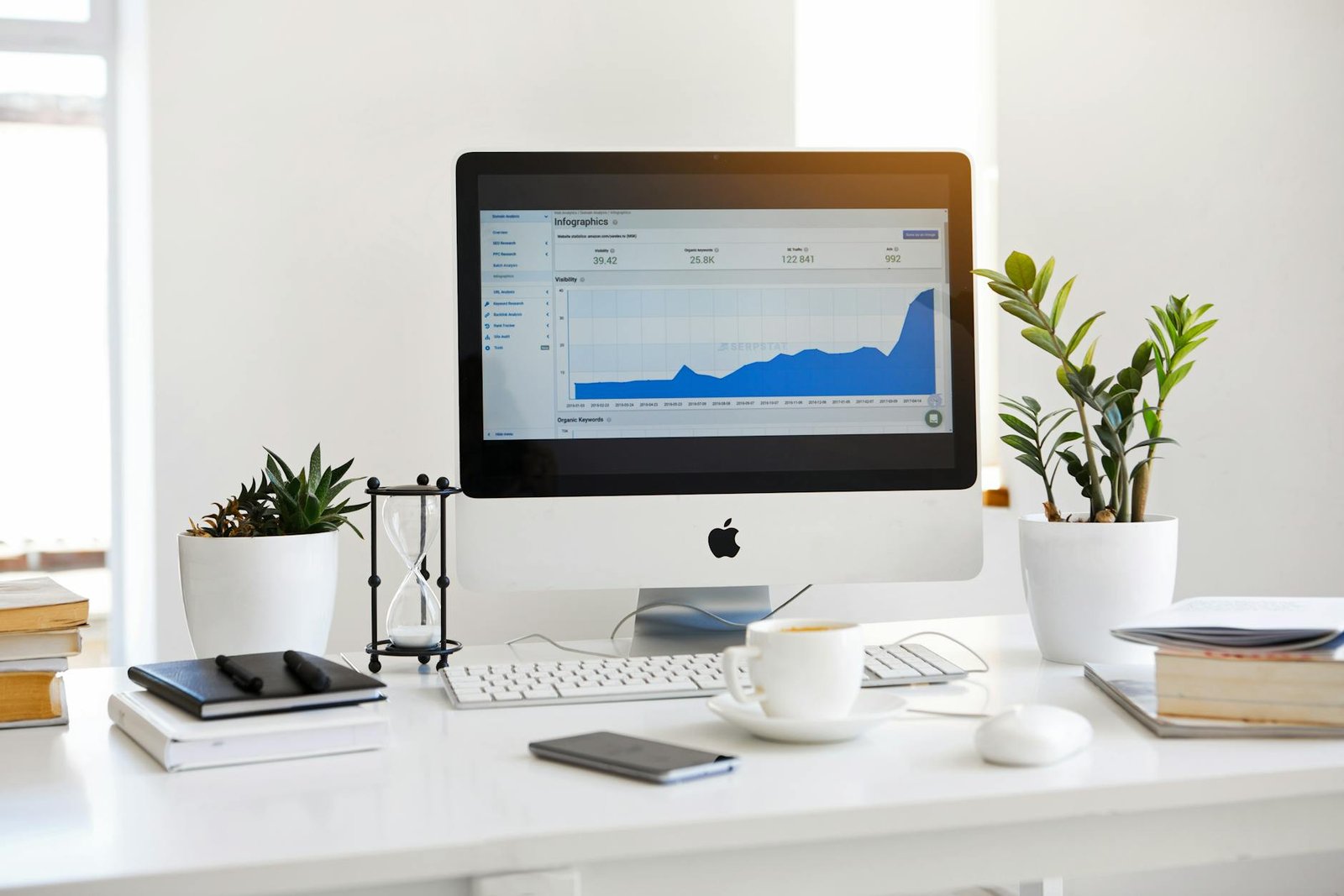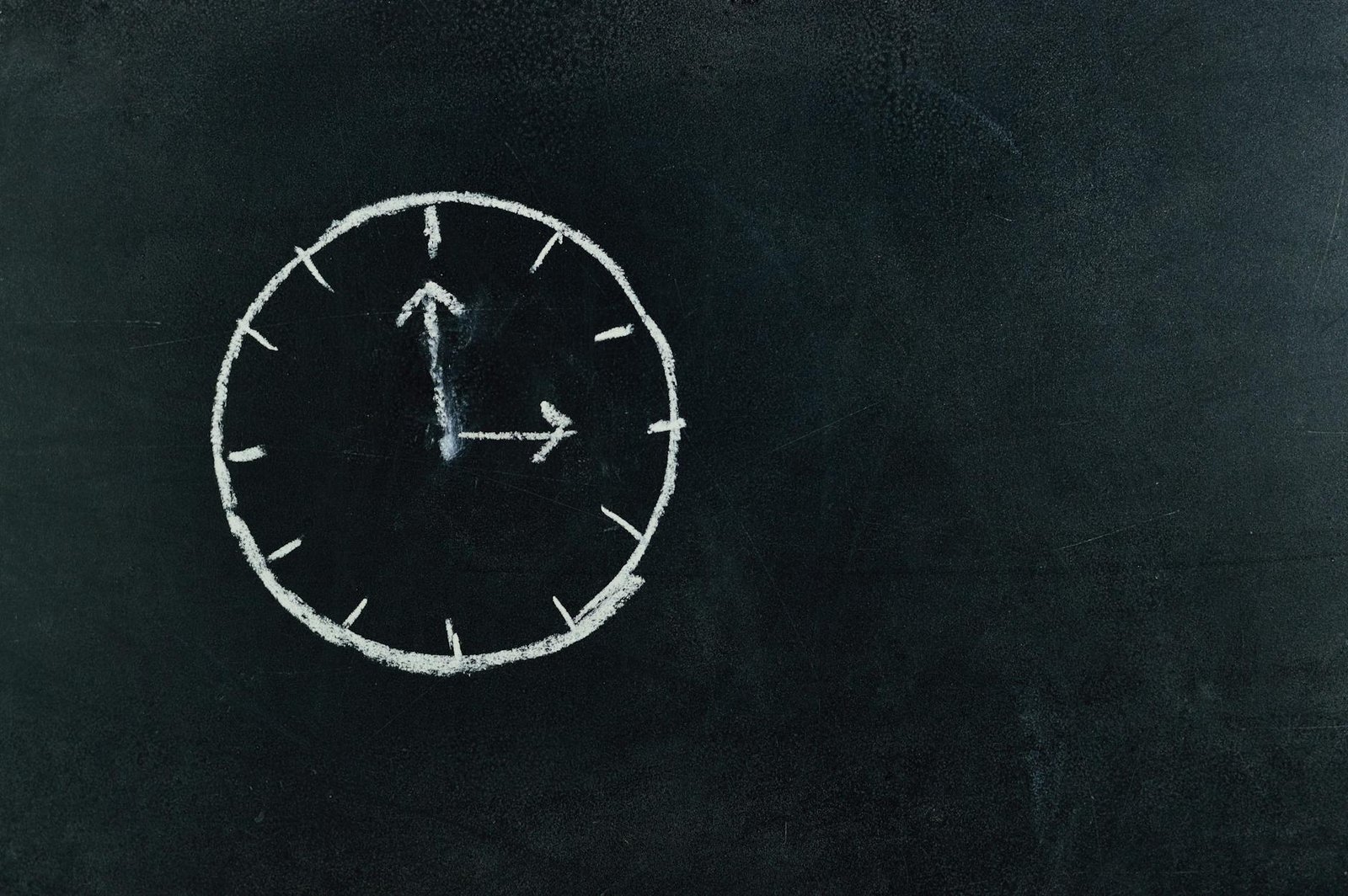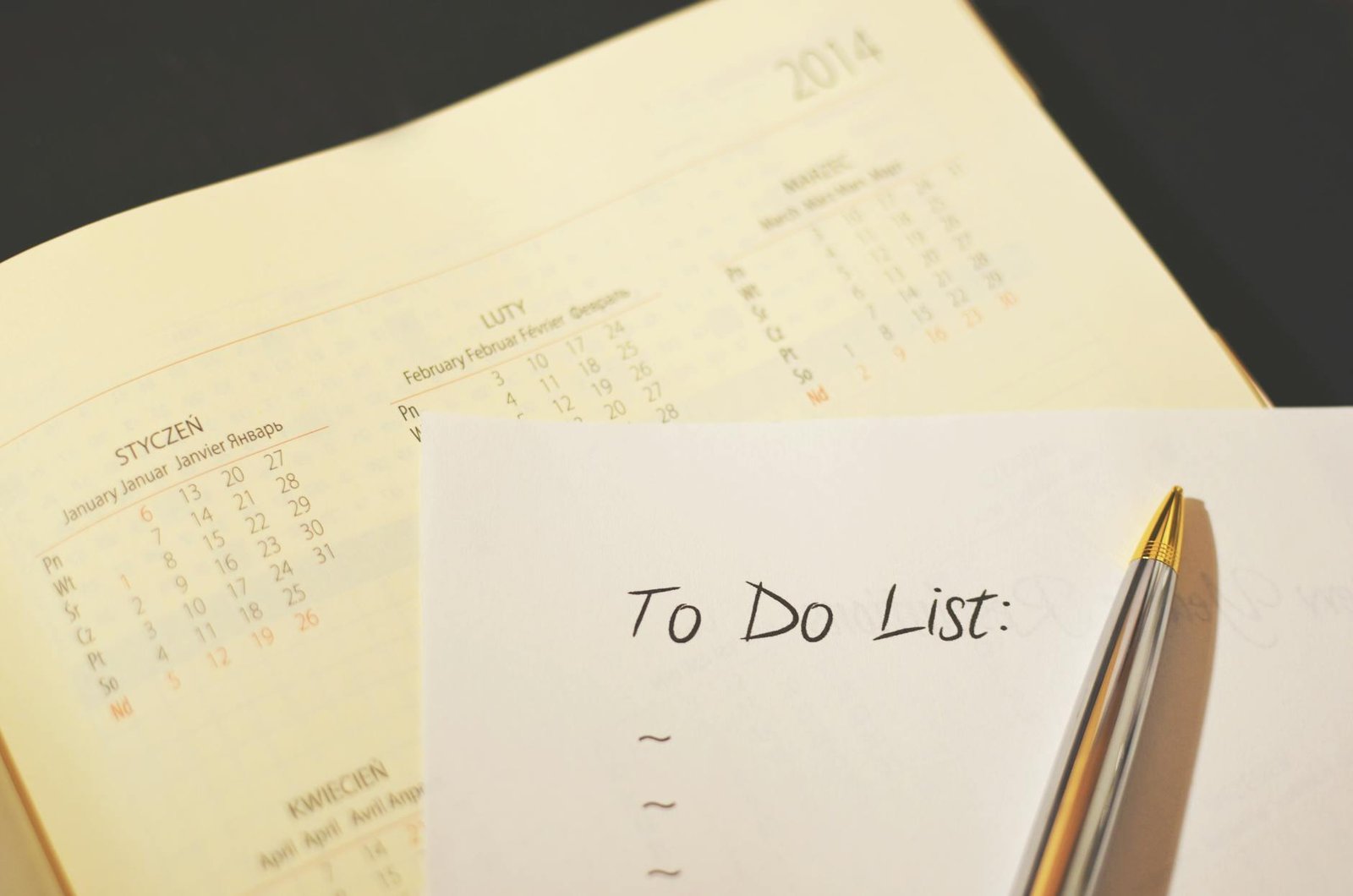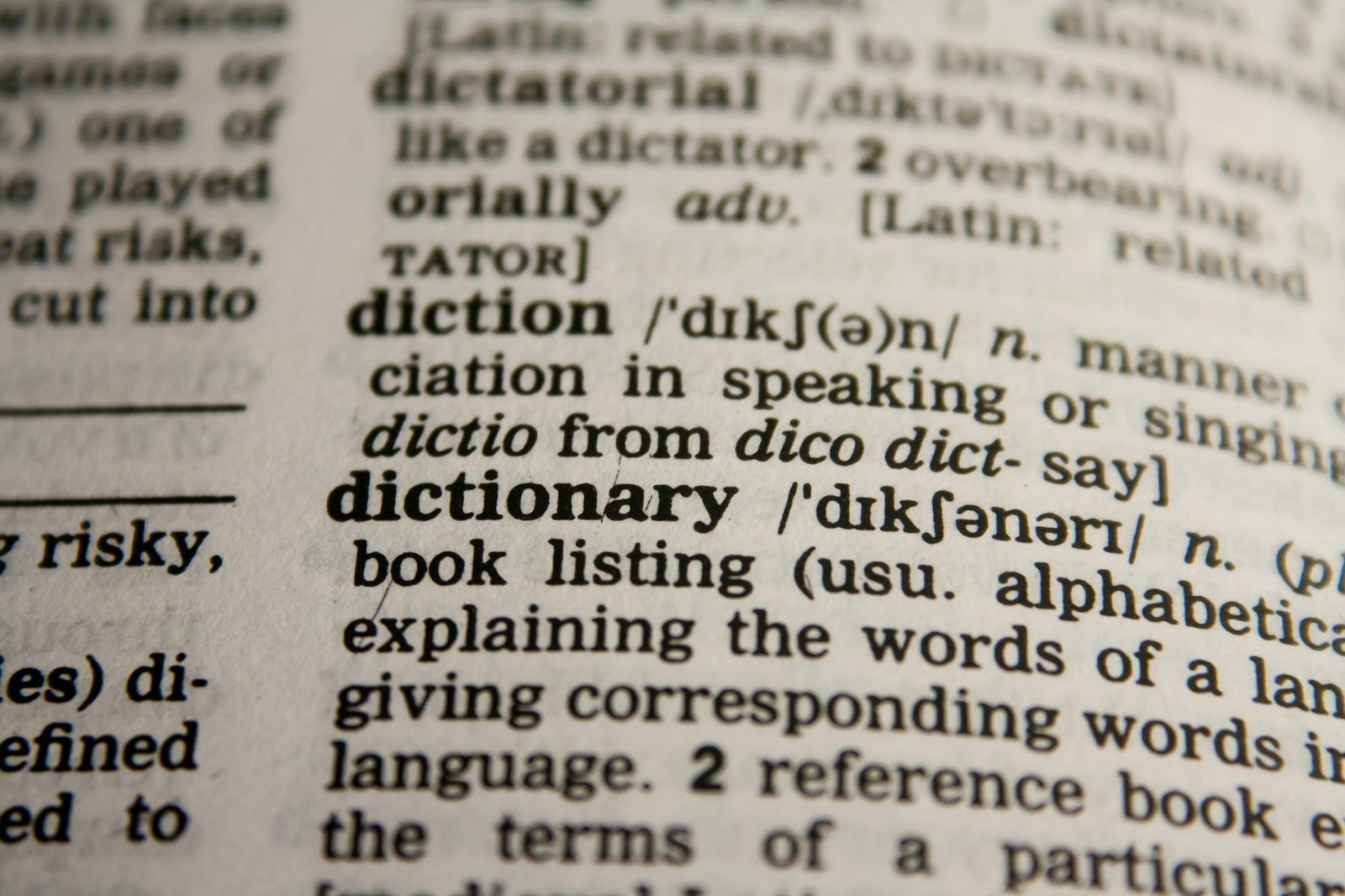
How to Increase Productivity at Work
Productivity is not about doing more; it’s about achieving better results with less effort. Misguided hustle culture often confuses motion with progress, but true productivity starts with clarity, focus, and intentionality. This guide explores evidence-based strategies, real-world examples, and actionable steps to optimize productivity and create sustainable work habits. Let’s delve deeper into how you can master the art of working smarter.
1. Understanding Productivity: Quality Over Quantity

True productivity focuses on results, not the number of tasks completed. According to a Harvard Business Review study, employees who concentrated on high-impact tasks consistently outperformed their peers juggling multiple priorities. This means identifying what truly matters in your role and aligning your energy toward those objectives.
Key Questions to Ask:
- Does this task align with my core goals?
- Can I delegate, defer, or discard it?
By continually refining your priorities, you build a laser-focused approach that delivers meaningful outcomes.
Read also : How to Discipline Your Mind
2. The Science of Focus: Harnessing Deep Work

In a world filled with distractions, staying focused is a superpower. According to research by Gloria Mark, it takes 23 minutes to regain focus after an interruption. Cal Newport’s concept of “deep work”—extended periods of undistracted concentration—offers a solution.
Practical Steps to Deep Work:
- Schedule Focus Blocks: Dedicate uninterrupted 60–90-minute slots for critical tasks.
- Optimize Your Environment: Use apps like Freedom or Cold Turkey to block distractions.
- Develop Pre-Work Rituals: Activities like meditation or journaling can prime your brain for focus.
Eliminating distractions is not just a time-saver—it’s a performance multiplier.
Read also : Study Hack: Your Brain’s Cheat Code
3. Time Management Redefined: Work With Energy, Not Just Hours

Productivity isn’t about squeezing more into your day; it’s about using your energy effectively. Research into ultradian rhythms reveals natural 90-minute cycles of high energy that can guide your workflow.
Strategies for Energy Management:
- Tackle Priority Tasks Early: Leverage peak morning energy for demanding work.
- Take Strategic Breaks: Short breaks every hour and longer pauses midday prevent burnout.
- Reflect Daily: Spend 10 minutes reviewing successes and adjusting for the next day.
By aligning tasks with your energy levels, you maximize efficiency without overextending yourself.
4. Prioritization: Eat the Frog First

Brian Tracy’s “eat the frog” philosophy—tackling your hardest, most important task first—is a cornerstone of effective productivity. Early victories trigger dopamine release, which builds momentum for the rest of your day.
How to Break It Down:
- Split large tasks into smaller, manageable steps.
- Celebrate progress after completing each milestone.
This structured approach minimizes procrastination and keeps you on track.
Read also : How habit works
5. Optimize Your Workspace for Maximum Efficiency

Your physical environment shapes your mental state. Studies by Cornell University reveal that lighting, temperature, and clutter significantly influence productivity.
Workspace Hacks for Peak Performance:
- Declutter Regularly: A clean desk promotes mental clarity.
- Embrace Natural Light: Daylight improves mood and focus. Use simulation lamps if needed.
- Invest in Ergonomics: Adjustable chairs and monitor stands reduce physical strain.
Transforming your workspace doesn’t require drastic changes—small tweaks can make a big impact.
Read also : 10 Daily Habits to Maximize Your Productivity
6. The Importance of Breaks: Recharge to Perform

Overwork leads to diminishing returns. Research from the University of Illinois shows that brief diversions restore focus and prevent mental fatigue.
Effective Break Tactics:
- Microbreaks: Take 5-minute pauses every hour.
- Active Breaks: Stretch, walk, or engage in light exercise.
- Lunch Breaks: Step away from work completely to recharge.
Rest is not a luxury; it’s a critical component of peak performance.
Read also : 30-Day Challenge: Adopt a Positive Habit
7. Reclaiming Time from Meetings

Unnecessary meetings consume an estimated 31 hours per employee each month. To reclaim your time:
Streamlining Meetings:
- Set clear agendas for every meeting.
- Enforce strict time limits to keep discussions focused.
- Use asynchronous tools like Slack or Loom to replace meetings.
Be ruthless in eliminating meetings that don’t add value.
Read also : Create a Morning Routine for Success
8. Leveraging Technology Wisely

While tools can enhance productivity, over-reliance can backfire. Select apps that simplify rather than complicate.
Recommended Productivity Tools:
- Trello/Asana: For organizing tasks and tracking progress.
- Notion: A versatile tool for collaboration and note-taking.
- Focus Booster: To implement the Pomodoro Technique.
Choose solutions tailored to your specific needs and avoid unnecessary tech clutter.
Read also : The 5 Most Effective Planning Methods to Boost Your Productivity
9. Building Sustainable Habits

James Clear’s Atomic Habits emphasizes the power of incremental change. Consistency compounds into significant results over time.
Steps to Build Better Habits:
- Start Small: Commit to simple, achievable actions.
- Anchor Habits to Triggers: Pair new habits with existing routines.
- Track Progress: Celebrate streaks to stay motivated.
Sustainability is key. Focus on building systems, not just chasing short-term wins.
10. Why Multitasking Hurts Productivity

Multitasking feels efficient but significantly reduces cognitive performance. Stanford researchers found that multitaskers struggle with filtering irrelevant information and switching tasks effectively.
The Single-Tasking Solution:
- Dedicate full attention to one task before transitioning to another.
- Group similar tasks together (task batching) for smoother workflows.
The myth of multitasking is productivity’s greatest adversary.
11. Seeking Feedback for Continuous Improvement

Feedback loops refine your approach and encourage growth. Toyota’s Kaizen philosophy exemplifies this through incremental, continuous improvement.
Actionable Feedback Practices:
- Reflect weekly on successes and obstacles.
- Actively seek input from colleagues and mentors.
- Use insights to iterate and improve.
Productivity thrives on a willingness to adapt and evolve.
12. The Role of Rest in Productivity

Burnout is productivity’s nemesis. Sleep, hobbies, and downtime are not indulgences—they are essentials. Research from the National Sleep Foundation shows adults perform best cognitively with 7–8 hours of sleep per night.
Prioritizing Rest:
- Unplug After Work: Create boundaries with notifications.
- Explore Creative Hobbies: Painting, gardening, or music boost creativity while relaxing the mind.
- Maintain Sleep Hygiene: Consistent schedules improve sleep quality.
Downtime restores energy, fostering long-term success.
13. Case Studies: Productivity in Action

Example 1: Google’s 20% Time
Google allows employees to dedicate 20% of their time to personal projects, leading to innovations like Gmail and Google Maps.
Example 2: Basecamp’s 4-Day Workweek
By shortening workweeks, Basecamp enhanced employee satisfaction and improved the quality of deliverables.
These examples highlight how unconventional approaches can unlock extraordinary outcomes.
14. Final Thoughts: Redefining Success

Increasing productivity at work requires a shift in mindset—from chasing busyness to focusing on meaningful results. By adopting intentional habits, leveraging smart tools, and prioritizing rest, you can achieve sustainable growth.
Remember: Productivity is not about perfection; it’s about progress.
If you want to go further, here’s a guide. To get it, click here!



